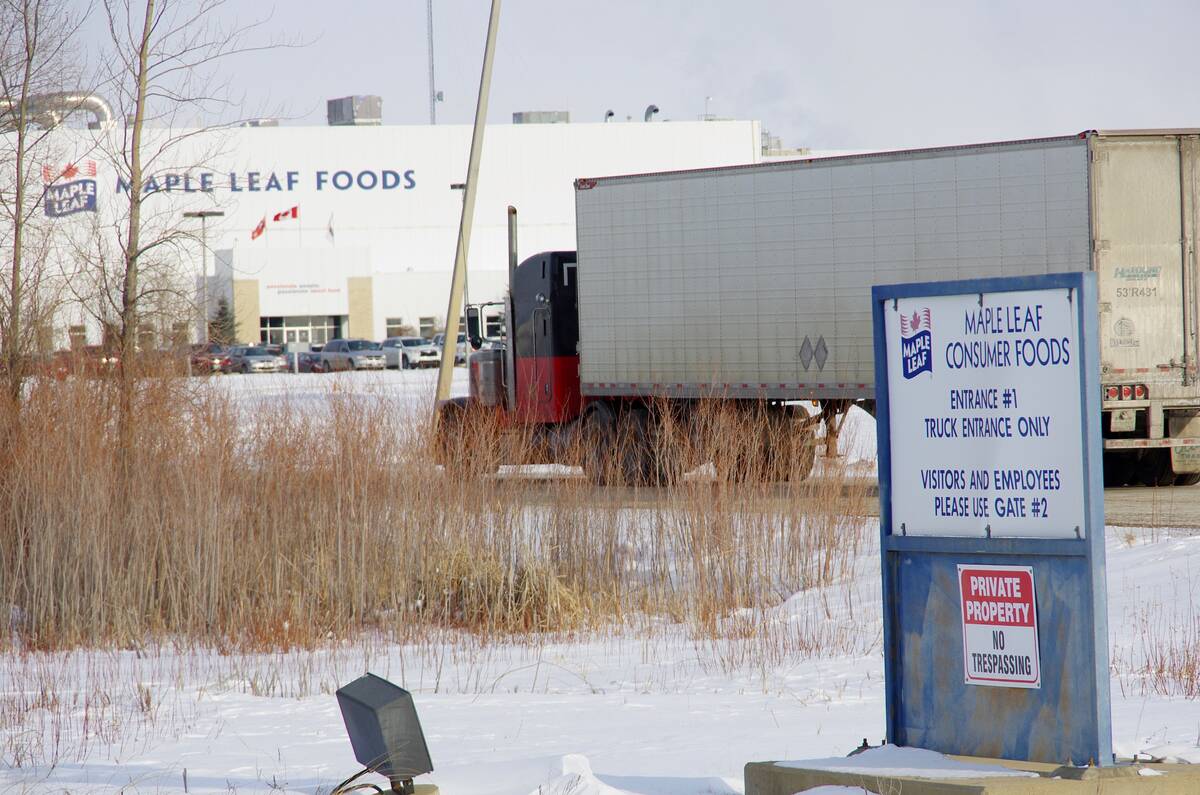A new computer model will help cattle producers better manage the nutrients going in and coming out of their animals.
Helen Fairweather, an environmental engineer who led the model’s design at Agriculture Canada’s research centre in Lethbridge, Alta., said cattle retain less than 20 percent of the nitrogen and potassium they eat.
The rest is excreted, representing lost dollars and a potential threat to the environment.
“Feed costs a lot of money and protein is an important nutrient for animals, so if 80 percent of it is not being used, it’s a big loss,” she said.
Read Also

Manitoba pork exports gain new market ground
Manitoba’s pork trade pivoted from China over the last five years, while Japan is remains the largest customer and South Korea and Mexico market footholds have grown
“Animal nutritionists want to know what they can do to minimize losses to the environment and increase the efficiency of production systems.”
Fairweather, who will return home to Australia in December and continue her research there, is validating the model’s results by entering data already collected from a Nebraska feedlot study.
It should be available within the month for farmers to use on their home computers. Farmers will run their data through the model and get an estimate of the nutrient balance in their system, Fairweather said.
“If you run the simulation using real time data, you might gain a better understanding of where the nutrients are going.”
By fine-tuning feeding and cropping strategies, producers could better use nitrogen and phosphorus from the animals’ manure.
The model was run using a high-grain diet, typical of the Lethbridge area, with 88 percent barley grain, eight percent barley silage and four percent supplement on a dry matter basis. The researchers then predicted mass balance as a result of feeding this diet to 1,000 head, based on animals entering the feedlot at 350 kilograms and finishing 150 days later at 575 kg.
Feed inputs worked out to 32 tonnes of nitrogen, six tonnes of phosphorus and 10 tonnes of potassium.
Of that, only 20, 32 and three percent respectively were retained. The rest was excreted.
Producers can control the amount of retained nutrients by changing the percentage of ingredients, said Karen Koenig, a ruminant nutritionist involved in the project.
“(The model) is kind of an accounting procedure and they can determine diets or other management strategies that will influence the amount of manure.”
She said the model also helps producers pinpoint what’s in the manure. If legislation is passed requiring farmers to apply manure at specific application rates, this model can help producers know the amounts of phosphorus or nitrogen in manure.
Half of the nitrogen that is excreted is in a volatile soluble form. Phosphorus is usually insoluble and more stable. It remains in the manure, making it easier to estimate amounts.
“If soluble and excreted in urine, it’s more vulnerable to be lost to the atmosphere or as runoff,” she said.
Research has also revealed where more data is needed. The model will change as information becomes available. For information or to access the model, contact the Lethbridge Research Centre at www.agr.gc.ca/science/lethbridge.














